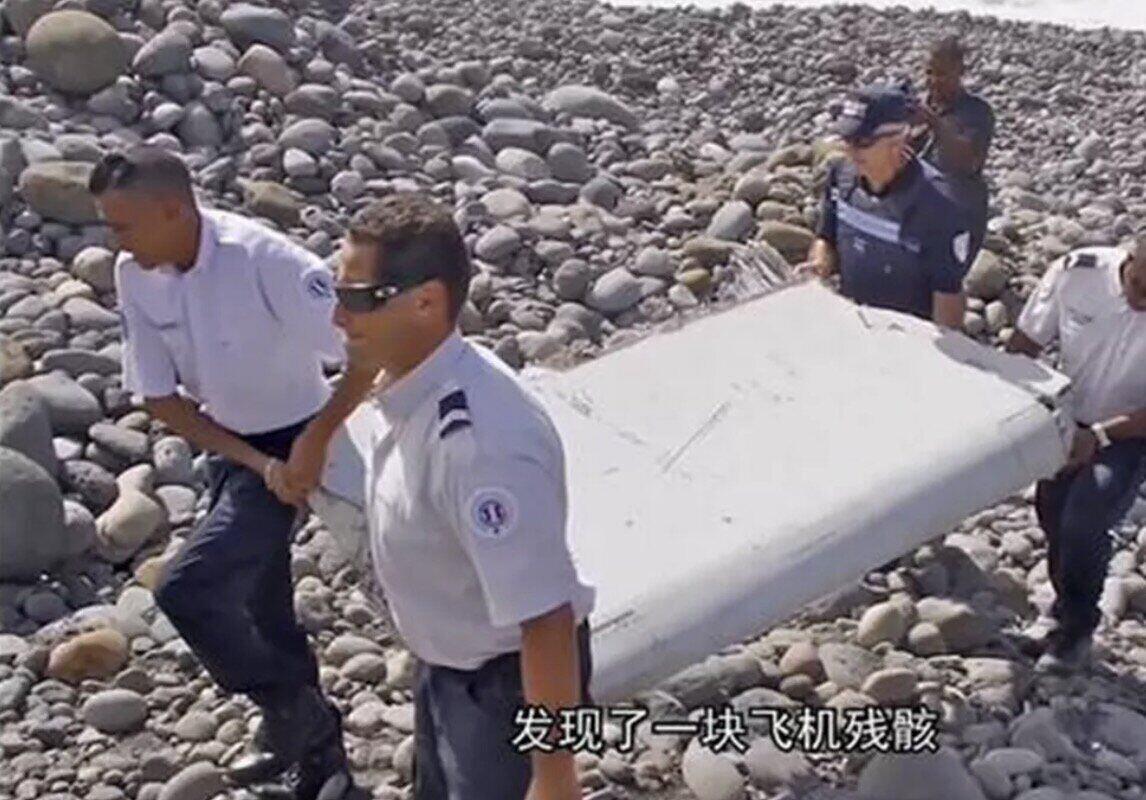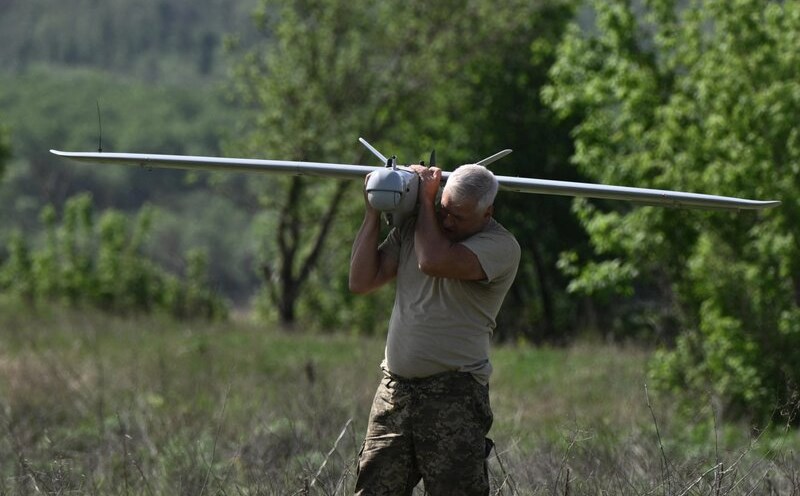After the third search for MH370 by Ocean Ocean Infinity was halted in April, new hope is being hoped to help find the missing Boeing 777 from more than a decade ago.
"I am confident this will be a strong move for all involved to end this tragedy," said Ismail Hamad, a civil and aerospace engineer at Egyptair.
Malaysia Airlines flight MH370 disappeared on March 8, 2014 while carrying 227 passengers and 12 crew members en route from Kuala Lumpur to Beijing.
To date, the disappearance of MH370 remains the biggest mystery in modern aviation history and the deadliest case involving a missing plane.
At the time of announcing the third search halt for MH370, Malaysian Transport Minister Anthony Loke said: "This is not the season for searches. The group has temporarily stopped searching and will resume at the end of this year".
However, chief engineer Ismail Hammad believes he holds the key to saving "money and time" in determining the final destination of MH370.
Asked about the MH370 debris washed ashore, Ismail said, "the paint condition is not consistent with what would have happened if the plane had been in saltwater for so long."
Despite hundreds of plot theories related to MH370, Ismail experts still believe that the missing plane involved in the airport terminal and the answer is where the plane crashed when the plane robbery plot failed.
"If the non-thief wants to carry out a perfect plan, a crime that has been hidden for hundreds of years, he will have to land on an iceberg or lake abandoned in the mee of the Philippine archipelago, including 7,641 islands.
Such runways are widened and ended in seas, lakes or swamps, not flying straight down to the sea off Perth, in an area that can be predicted by calculating fuel consumption, he pointed out.

"No matter how experienced you are, pilots cannot fly smoothly and accurately on such a long, long route, over a wide sea and at night for so many consecutive hours," adds expert Ismail.
He explained that the location from the coast of Malaysia to the southern Indian Ocean would show the plane crashed near Perth, Australia. But if MH370 pilots had a GPS system, they could have guided themselves on the islands in the Philippines "if they had known them well and the city lights".
Mr. Ismail noted that programming an automatic driver with only 1 coordinate point in space is a challenging task. "Therefore, pilots alone will not be able to continue flying a large aircraft like the B777-200 for 9 hours from takeoff until it disappears, including the average 3 hours required to check the condition of the aircraft and related documents before takeoff according to aviation regulations," he explained.
MH370 expert Ismail concluded that if there were no autonomous steering systems or positioning support equipment, relying only on the plane's magnetic cables, the search area would have been narrowed from the Strait of Malacca to the Perth coast.











